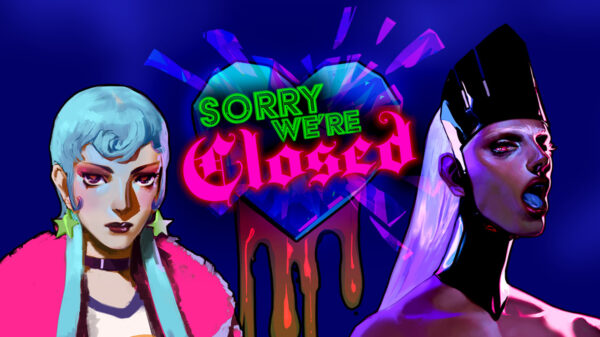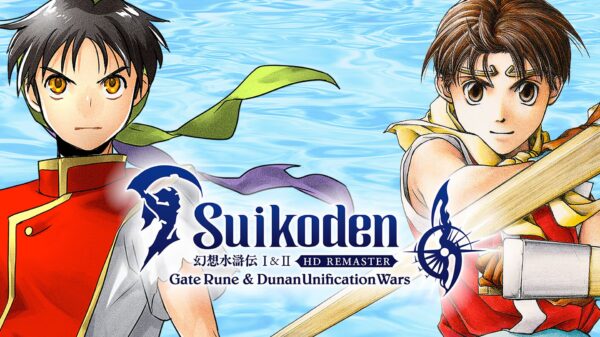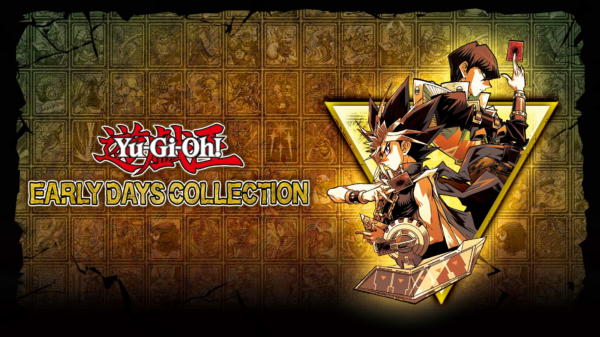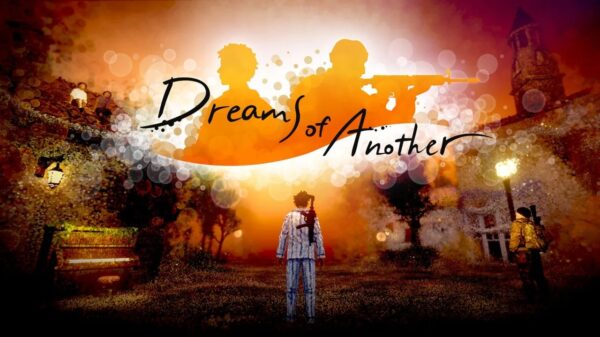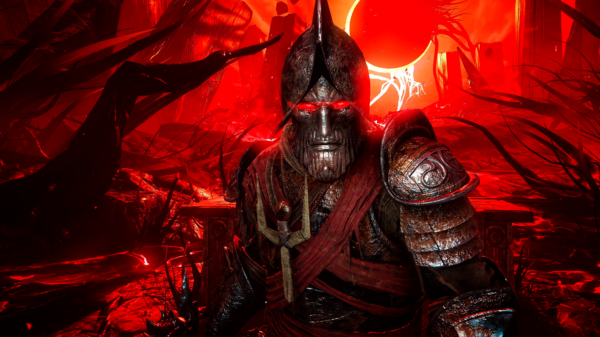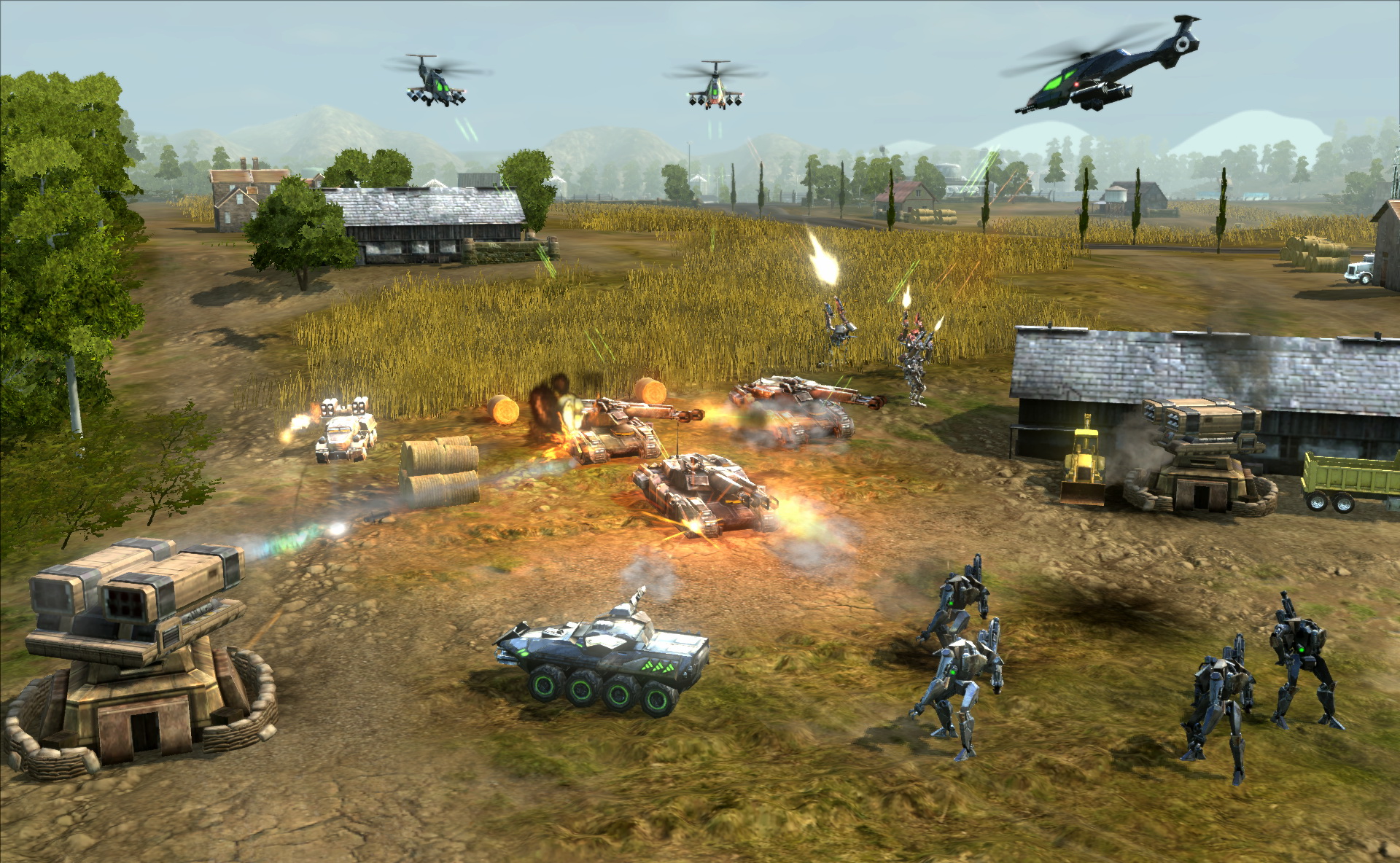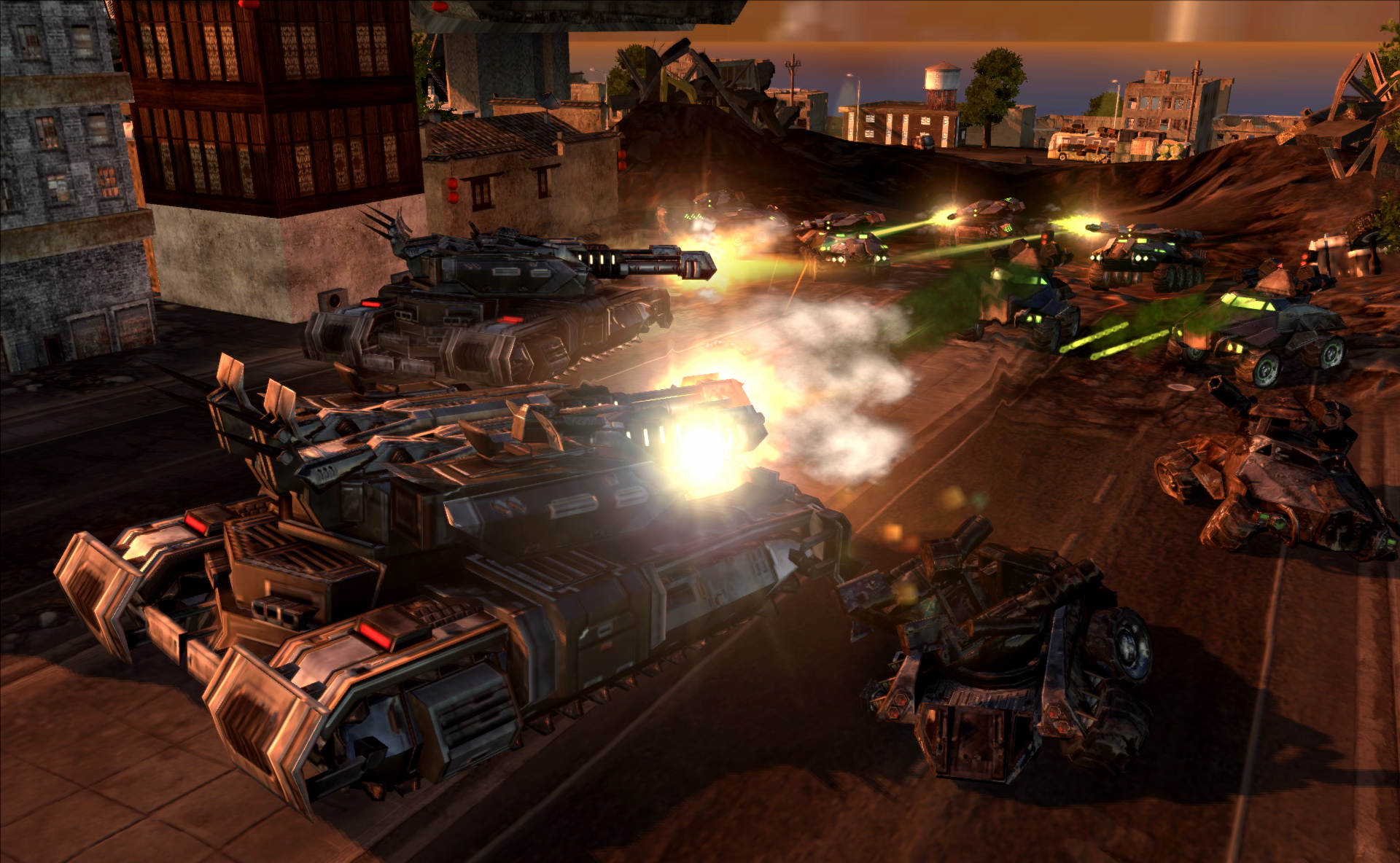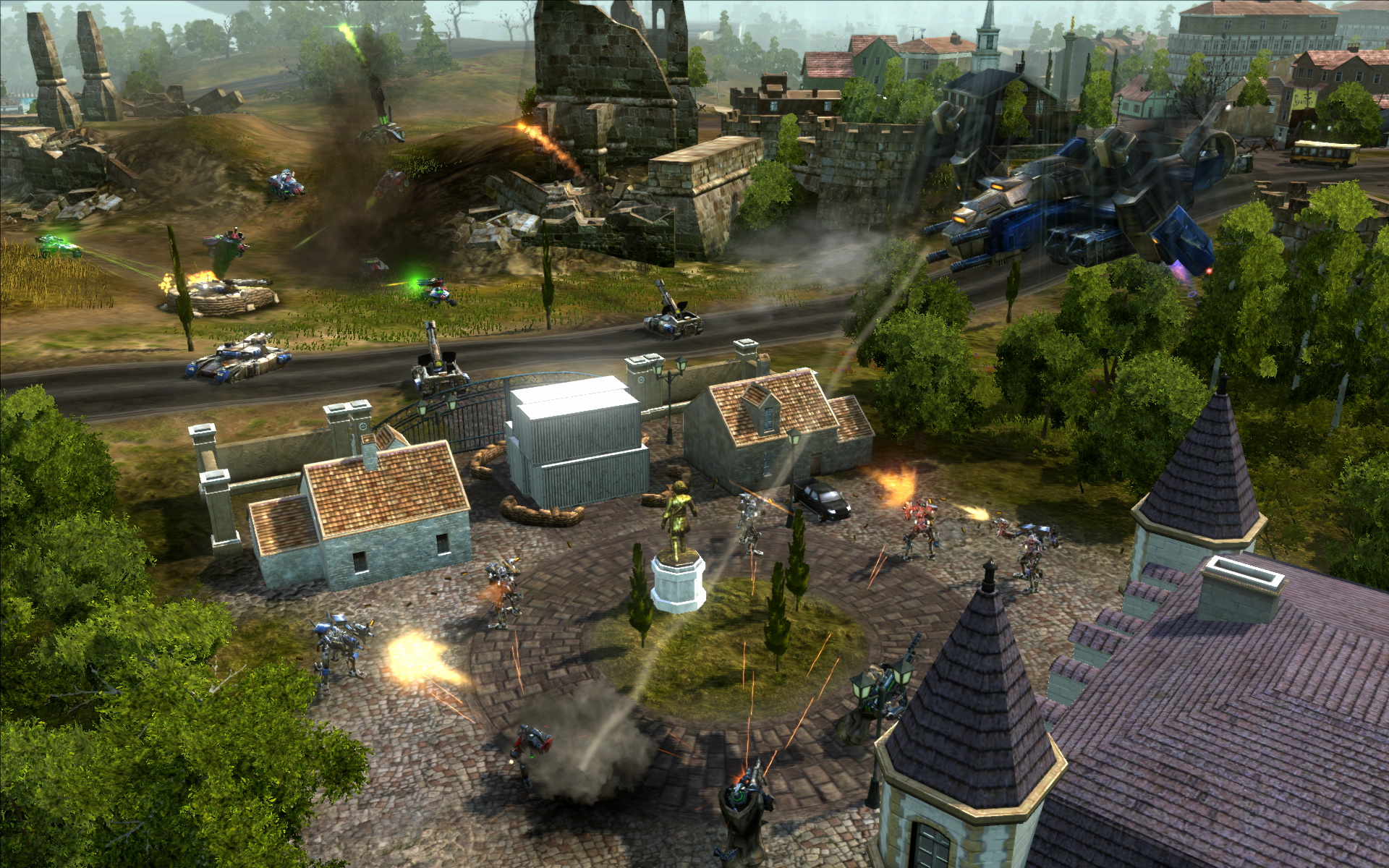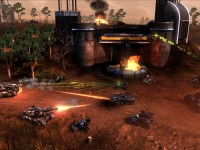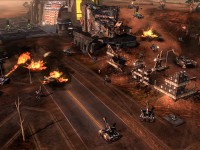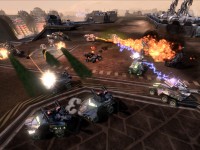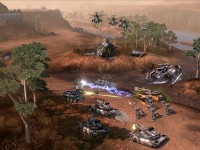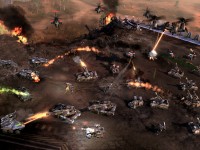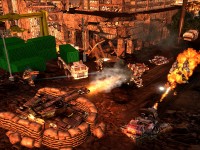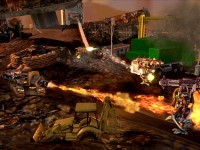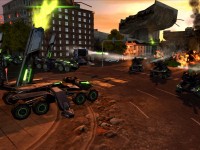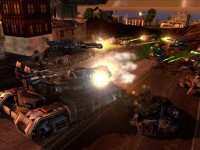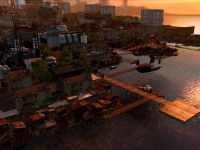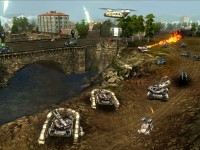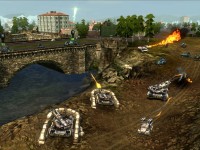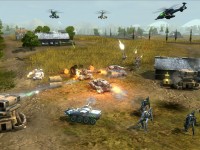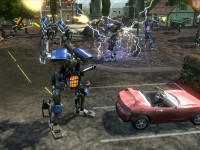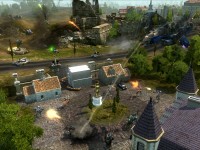End of Nations is an MMORTS title that has been away from the public eye since last summer. The game, currently developed by Petroglyph Games and published by Trion Worlds, combines MMO elements like persistent worlds, class selection, guilds, and social features to build a strong community, along with the strategy and action elements found in an RTS title. I recently had a chance to check out End of Nations, and I walked away optimistic, even for a guy who barley plays RTS titles and has never touched an MMO,(does hundreds of hours I poured into Diablo II count?).
Take note that End of Nations is a free-to-play title. However, unlike most of the competition out there in the free space, pouring money into the game does little to give players an advantage over other players. Unlocking upgrades and new unit types takes good ol’ fashion leveling up. Experience boosters and similar features can be earned with some extra cash; but Trion and Petroglyph are focusing on “Time vs. Money”, and time is the winner in this fight.
End of Nations story picks up after an organization known as Order of Nations takes control of most of the world after a large economic meltdown. Players can choose one of two factions where they can either play in PvP, PvE, or play the story campaign in fighting against the Order of Nations. The hub world is essentially a map of Earth with areas highlighted to indicate whether it’s a PvE, PvP, or campaign mission. Players will take control of one of two futuristic military powerhouses and use special weapons like mini nukes to decimate their opponents.
My first go around with End of Nations was a “horde” mode type level, where I faced off against another player to see who could last the longest. I was quickly introduced to the nature of the game. Its RTS roots show up right away, as you navigate units around the map to key locations. Players will have to capture control points that either unlock special attacks during the match like air strikes, or create a steady flow of resources. Resources play a different role than an RTS game like Starcraft. Instead of spending resources to build a base (which is not an integral element to any of the matches I played) and new units in real-time, players will use resources to call back downed units and use special attacks.
The match played exactly as you would expect to see in any “horde” mode. Waves of enemies constantly enter the ring as I made tactical decisions on where to navigate my units. Capturing points and playing defense in choke areas akin to modern FPS titles is what led to victory over my opponent. The map I faced off against my opponent on was filled with narrow streets, blown out buildings and roads that slowed my advancing army. Thankfully, the urban setting this map offered is only one of many environments players will see (not that I didn’t enjoy the urban map).
Before starting our next match, I had a chance to take a longer look around the armory, which is where players will customize their units and play style before every match. Players are given three companies to customize with units they purchase via points earned from matches and leveling up. There is a layer of depth here in the customization that reminds me of class load outs in modern first-person-shooters. Players can switch out their companies anytime during game modes other than the “horde” mode. This swapping of companies allows players to adapt to any given situation during the large 56-player matches; an interesting addition to End of Nations RTS elements.
Players can also choose a class, but unfortunately I did not get a chance to see the different class roles. The classes will determine the different units players can call to the front lines during battle. The different classes and different ways players can customize their three classes very much reminds me of the individualism found in MMO’s or any RPG for that matter. Guilds or clans will have a lot to consider when dealing with the depth in customization End of Nations gives to its players.
The next match I was thrown into was a 12 vs. 12 attack and defend style battle. In this particular match, both sides were tasked with destroying the opposite’s base. The map was much larger in scale compared to the previous map I played on; it featured open areas for large amount of units to fill the screen. Capturing control points was still an important factor for each team, and in this match, our team was split across the map to the point where I never saw a few members of my team, over even certain areas of the map.
I really enjoyed the pacing of the match. Thanks to not having to constantly farm resources to build bases or units, our team was only focused on capturing points and fighting our way to the enemy base. The match played out like many FPS team death matches or more appropriate, large battles in MMORPGs. The combat was both tactical and chaotic. My only concern here is that it was hard to find my own units amongst the chaos. Even though my own units were outlined with a green tint, I often found myself losing track of them. Hopefully the final build of the game can address this problem for players tracking their units in the large 56-players battles.
When can you get your hands on End of Nations for yourself you ask? Trion and Petroglyph are planning an open beta in the summer, featuring a selection of PvP maps. The game is scheduled for a fall launch, and the team is hoping by early next year, there will be a strong flow of content.
From what I’ve played so far, I’m optimistic that Trion and Petroglyph will deliver a social and persistent MMORTS title. The mechanics are clicking with just a few hiccups that the team will sure to tighten up by launch. The free-to-play model that favors time over money is attractive in the growing MMO market and will sure to bring in new players who are looking to save some cash.



